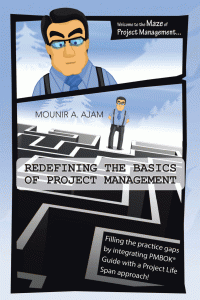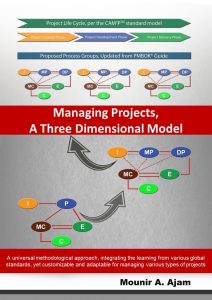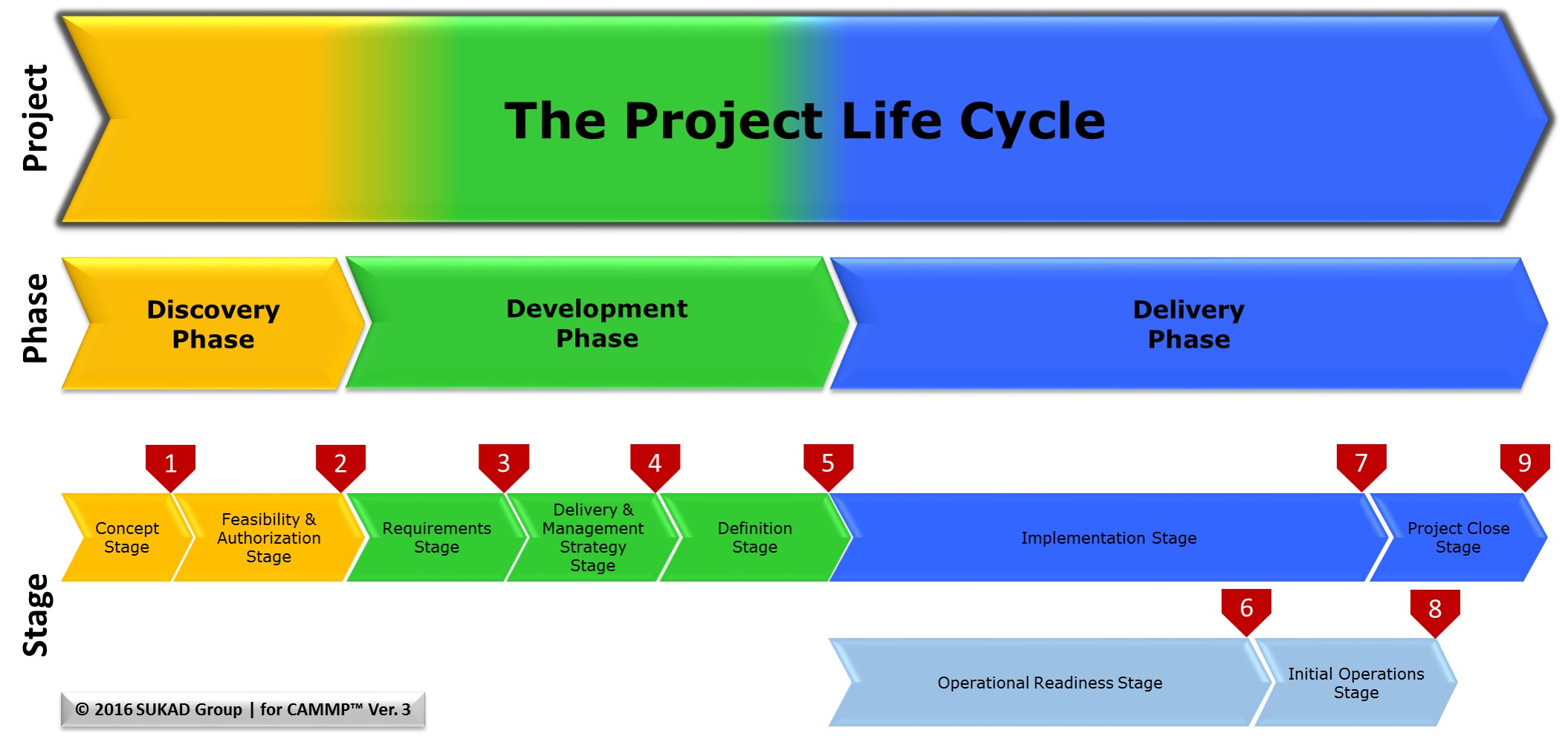I have been privileged in my career.
In a recent article, I have shared some thoughts and reflections on career management and my passion for project management.
I had opportunities to work with great companies after my Masters Degree. My first eight years with Exxon Chemical (before the ExxonMobil years), taught me project management well. In a short eight-year span, Exxon gave me the opportunity to work in estimating, control, project engineering, construction, and project management lead roles on small and multiple projects and on a mega project – from the USA Gulf Coast to Europe, Japan, and South East Asia.
Those years were the foundation for The Customizable and Adaptable Methodology for Managing Projects™.
The Beginning
 In 2007-2008, SUKAD developed CAM2P™, The Customizable and Adaptable Methodology for Managing Projects™. The first version.
In 2007-2008, SUKAD developed CAM2P™, The Customizable and Adaptable Methodology for Managing Projects™. The first version.
Between 2008 and 2010, we led and conducted many workshops on the methodology, which led to publishing our first book, in 2010, The Inheritance.
Version 2
 As we conducted more workshops, we started to improve and enhance the model, then in 2012/13 we updated CAM2P to version 2 and republished The Inheritance under a different name, Project Management Foundation.
As we conducted more workshops, we started to improve and enhance the model, then in 2012/13 we updated CAM2P to version 2 and republished The Inheritance under a different name, Project Management Foundation.
We also published a few e-books related to CAM2P.
Then in 2014, we published on CAM2P a book that is quite comprehensive and cover the methodology well. It was time for Redefining the Basics of Project Management .
However, as we were publishing the second book and another book, Applied Project Management, we were working on continual improvement toward version 3.
Version 3
In the meantime, we were also working on a book on the PMBOK Guide, which we completed earlier this year. The intention was to publish the book on the PMBOK Guide with major changes to the process groups and processes. Then revise Redefining the Basics of Project Management Book.
 However, in discussions with a publisher, it was decided to merge these two books and publish a book on the third version of CAM2P, which included significant changes.
However, in discussions with a publisher, it was decided to merge these two books and publish a book on the third version of CAM2P, which included significant changes.
We combined the two books in a raw format about a month ago. Restructured the outline, sections, and parts and started working.
Yesterday we completed the first draft of Managing Projects, A Three-Dimensional Model.
We have already sent the draft to a few project management experts and thought leaders for their review and critique before we revise the second draft and move into editing the final version and publication process. It should be published in later 2016 or early 2017.
The Changes
One change is CAM2P™ is now abbreviated as CAMMP™. The reason? Some people were confused by the “2” and did not know what it means.
Other changes are in the standard project life cycle.
We kept the three phases but increase the number of stages from six to nine and stages gates from 8 to 9.
In addition, we clearly defined CAMMP™ as a three-dimensional model, with:
- The first dimension focusing on a project life cycle model with phases, stages, stage deliverables, and stage gates.
- The second dimension, which is about the project management processes where we have changed the process groups concept from five process groups to six and also modified the number of processes. This dimension links to PMI’s PMBOK Guide and ISO’s ISO 21500, the project management guide.
- The third dimension, which is a layer on top of the first two dimensions with Competence, Sustainability, and Best Practices, as the key additional layers. In this dimension, every key layer links to the knowledge and guide by a professional association, such as IPMA, GPM, and CII, respectively.
We close with the image of the standard model, showing phases, stages, and stage gates.

